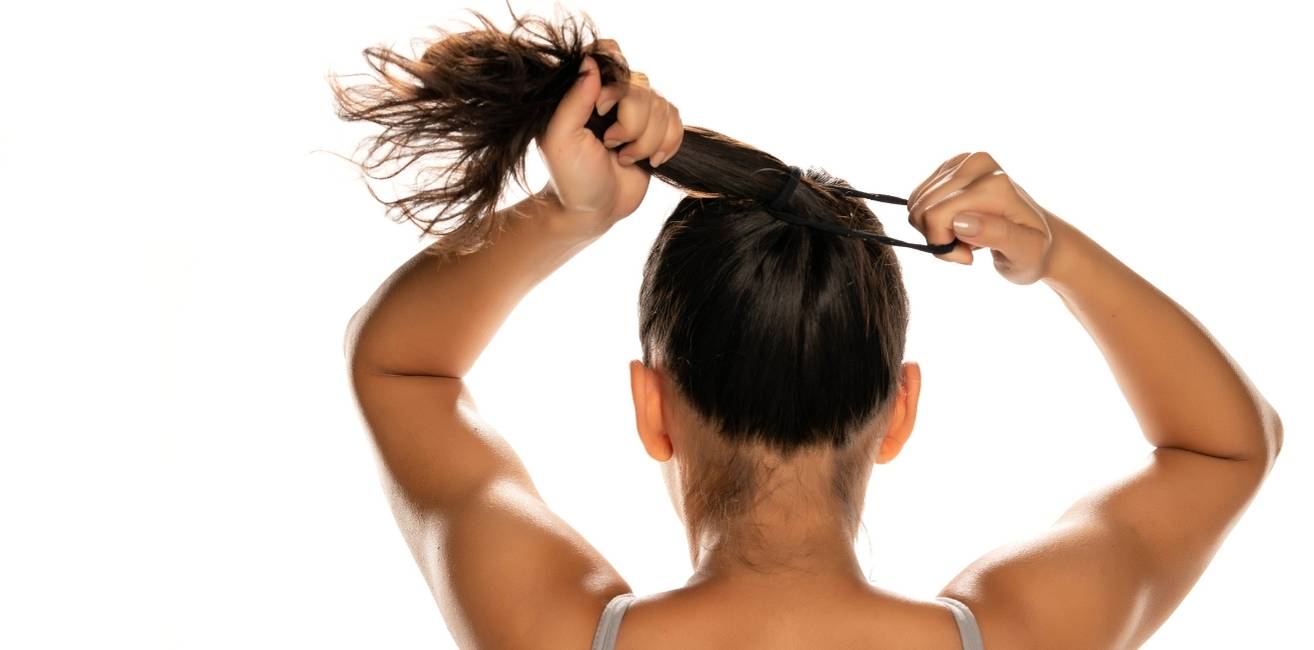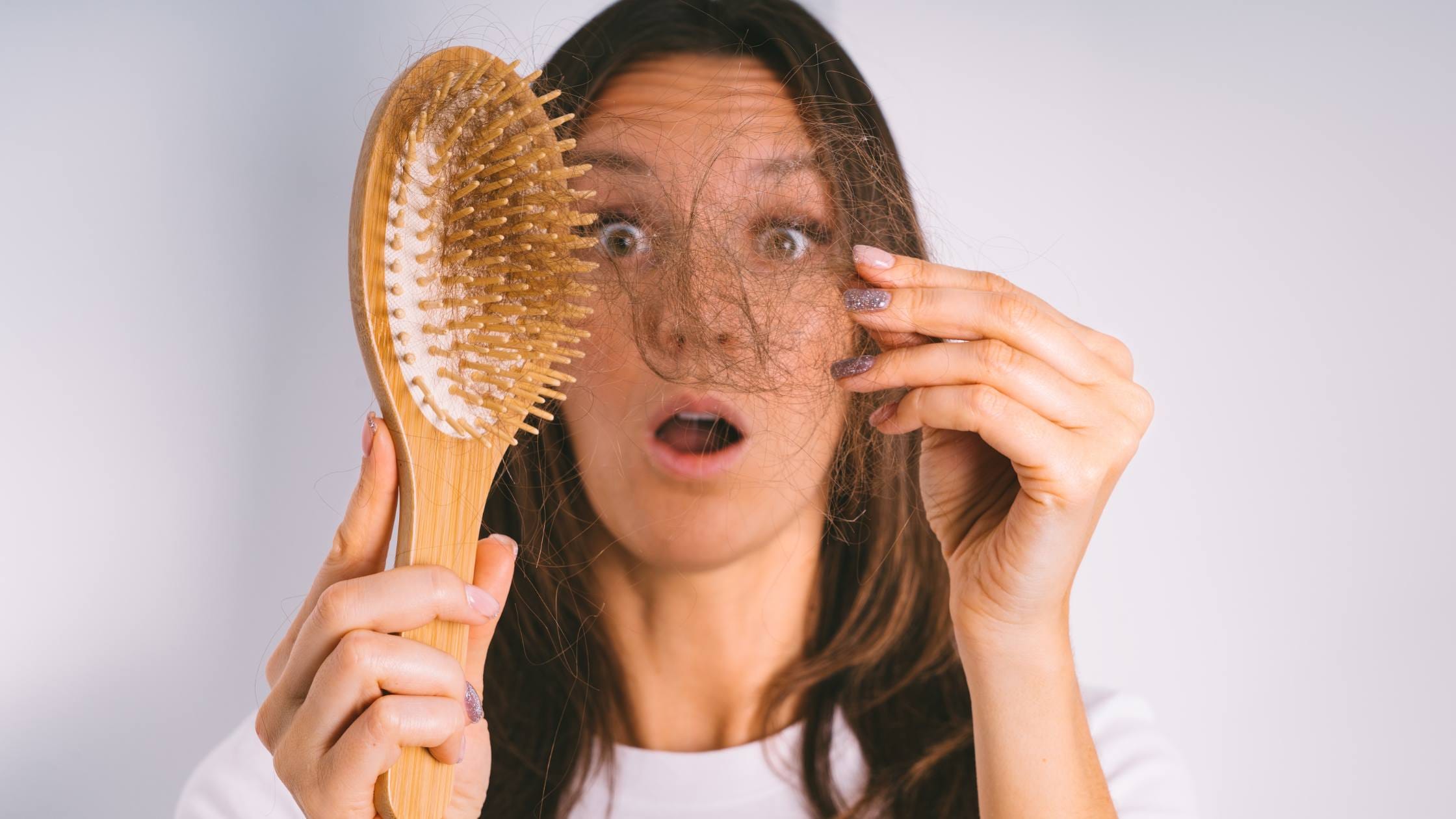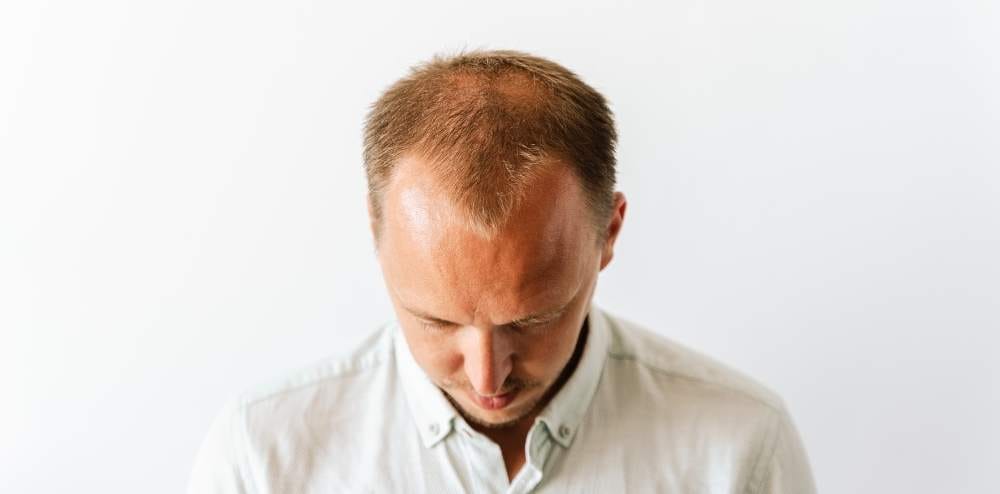Traction alopecia is a type of hair loss that occurs as a result of constant pulling on the hair. It’s a common condition among people who wear tight braids, weaves, or ponytails, and can cause permanent hair loss if left untreated. In this blog post, we’ll explore the causes of traction alopecia, its symptoms, and the available treatment options.
What is Traction Alopecia?
Traction alopecia is a type of hair loss caused by continuous pulling on the hair roots. This pulling can cause damage to the hair follicles, leading to hair breakage and eventual hair loss. Traction alopecia most commonly affects people who wear tight hairstyles, such as braids, weaves, or ponytails, but it can also occur in people who use tight hair rollers or hair extensions.
What Causes Traction Alopecia?
The main cause of traction alopecia is constant pulling on the hair. This pulling can cause tension on the hair follicles, leading to inflammation and scarring of the scalp. Over time, this can result in permanent hair loss in the affected areas.
Who is at Risk for Traction Alopecia?
Anyone who wears tight hairstyles or uses tight hair accessories is at risk for traction alopecia. However, certain factors can increase the risk, such as:
- Wearing tight hairstyles for long periods of time
- Using hair accessories that are too tight
- Using harsh hair products or chemicals
- Having a history of hair loss in the family
Symptoms of Traction Alopecia
The most common symptom of traction alopecia is hair loss in the areas where the hair is pulled tight, such as the temples, hairline, or crown. Other symptoms may include:
- Scalp pain or tenderness
- Scalp itching or redness
- Scarring or thickening of the scalp
- Temporary or permanent hair loss
Diagnosis and Treatment of Traction Alopecia
If you suspect you have traction alopecia, it’s important to seek the help of a dermatologist or hair loss specialist. Your doctor will perform a physical examination of your scalp and hair and may order a biopsy to determine the cause of your hair loss.
The best way to treat traction alopecia is to stop the pulling on the hair. This may involve switching to a looser hairstyle or using gentler hair accessories. Your doctor may also recommend using a hair growth stimulator, such as minoxidil, to help regrow hair in the affected areas.
In severe cases, a hair transplant may be necessary to restore hair growth. During a hair transplant, healthy hair follicles from one area of the scalp are transplanted to the affected area. This can help restore hair growth and improve the appearance of the scalp.
Preventing Traction Alopecia
The best way to prevent traction alopecia is to be gentle with your hair and avoid tight hairstyles or hair accessories that can cause damage to the hair follicles. It’s also important to protect your hair from harsh chemicals and heat damage, and to use gentle hair care products that nourish and protect the hair.
Conclusion
Traction alopecia is a type of hair loss that can occur as a result of constant pulling on the hair. It’s a common condition among people who wear tight hairstyles, but it can be treated and prevented with the right care and attention. If you’re experiencing hair loss, it’s important to seek the help of a dermatologist or hair loss specialist who can diagnose and treat your condition. With proper treatment and hair care, it’s possible to restore hair growth and prevent further hair loss.
Remember, your hair is an important part of your overall health and appearance, and taking care of it can help you feel confident and beautiful. So, be gentle with your hair and seek the help you need if you’re experiencing hair loss or other hair-related issues. With the right care and attention, you can keep your hair looking and feeling it’s best for years to come.



